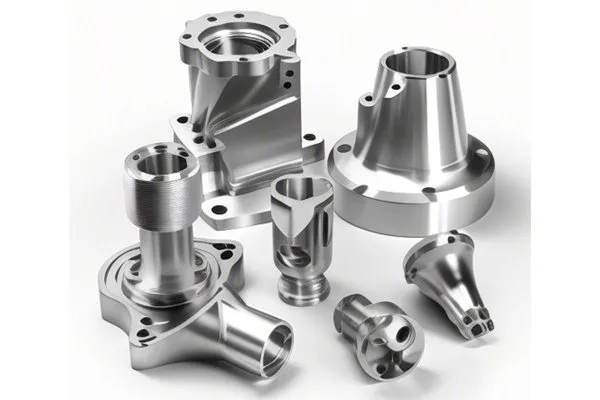Imagine you’re standing in a workshop surrounded by an array of machinery, the unmistakable hum of CNC (Computer Numerical Control) machines reverberates through the air. As you observe these marvels of technology, the importance of surface finish quality becomes apparent. It’s a game-changer that can make or break the utility and aesthetic appeal of your final product. So, how do you optimize CNC machining for superior surface finish quality? Buckle up because we’re diving into a world rich with knowledge, techniques, and a sprinkle of hands-on tips straight from the forge!
Understanding Surface Finish Quality in CNC Machining
Surface finish quality isn’t just a technical requirement; it’s the very first handshake a product has with its user. Think of it like the wrapping paper on a present — it may look appealing from the outside, but what’s inside matters too. In CNC machining, surface finish refers to the texture and smoothness of a manufactured part’s surface, which can affect everything from performance to aesthetics.
Why Is Surface Finish Important?
You might wonder, “Does it really make a difference?” Absolutely! Here are a few reasons why surface finish quality is crucial:
The Factors Influencing Surface Finish Quality
Just like a painter chooses brushes carefully to create a masterpiece, CNC operators also need to consider various factors that impact surface finish quality. Let’s break down some of these elements.
Your choice of tools is akin to selecting the right ingredients for a dish. Here are essential factors affecting tooling:
Cutting speeds, feeds, and depth of cut play a pivotal role in determining surface finish. Think of these parameters as the rhythm section of a band; if they’re off, the entire performance can suffer.
Just as a race car needs regular maintenance to perform optimally, your CNC machine must be in tip-top shape.
Each material you choose for your project is like a unique canvas, dictating how well the surface finish can come out.

Coolants and lubricants are your best friends during machining operations.
Techniques for Achieving Optimal Surface Finish Quality
Now that we’ve explored various factors that influence surface finish quality, let’s dive into specific techniques that can help you achieve optimal results.
These processes are the go-to methods for achieving high-precision finishes. Boring enlarges an existing hole with superior accuracy, while reaming gives that final touch, smoothing out the interior surface. If precision were a master chef, boring would be its knife, and reaming would be the delicate finishing touch.
Integrate cutting fluids to improve tool life and surface texture. Applying the right amount ensures temperatures stay low and chips are effectively removed from the cutting area, resulting in a cleaner cut.
Want a smoother finish? Don’t rush the job! Taking multiple passes allows for gradual refinement of the surface, reducing the likelihood of the tool leaving imperfections. It’s akin to sanding a piece of wood — a little at a time leads to a polished masterpiece rather than a rough chunk.
Employing special finishing toolpaths, like adaptive or constant engagement motion, can maximize the surface finish without compromising speed or tool wear.
Consider post-machining treatments like polishing, coating, or plating to enhance the finish further. It’s like adding a cherry on top of a delicious cake — it adds that extra flair!
Addressing Challenges: Troubleshooting Surface Finish Issues
Even the most experienced machinists encounter difficulties; the key is knowing how to address them effectively. Here are common issues and their respective solutions.
If you find yourself facing rough surfaces, consider these factors:
Chatter is like a persistent itch; it can be annoying but preventable. Address it by:
Is your workpiece melting or burning? This can be detrimental to surface finish.
Final Thoughts
Optimizing CNC machining for improved surface finish quality is a multilayered endeavor that requires careful attention to numerous factors, from tooling choices to machine condition. By understanding the intricate dance of parameters involved in CNC machining, you can conjure outcomes that not only meet but exceed expectations.
In your journey to achieve optimal surface finishing, remember to be patient. Mastery doesn’t happen overnight. Instead, think of it like crafting a fine wine — it improves with time, experimentation, and attentiveness.
So, next time you’re in the workshop, don’t shy away from exploring these techniques and insights. You might just find yourself on the path to creating parts that leave a lasting impression, turning casual users into loyal advocates with every smooth surface you produce. Happy machining!






